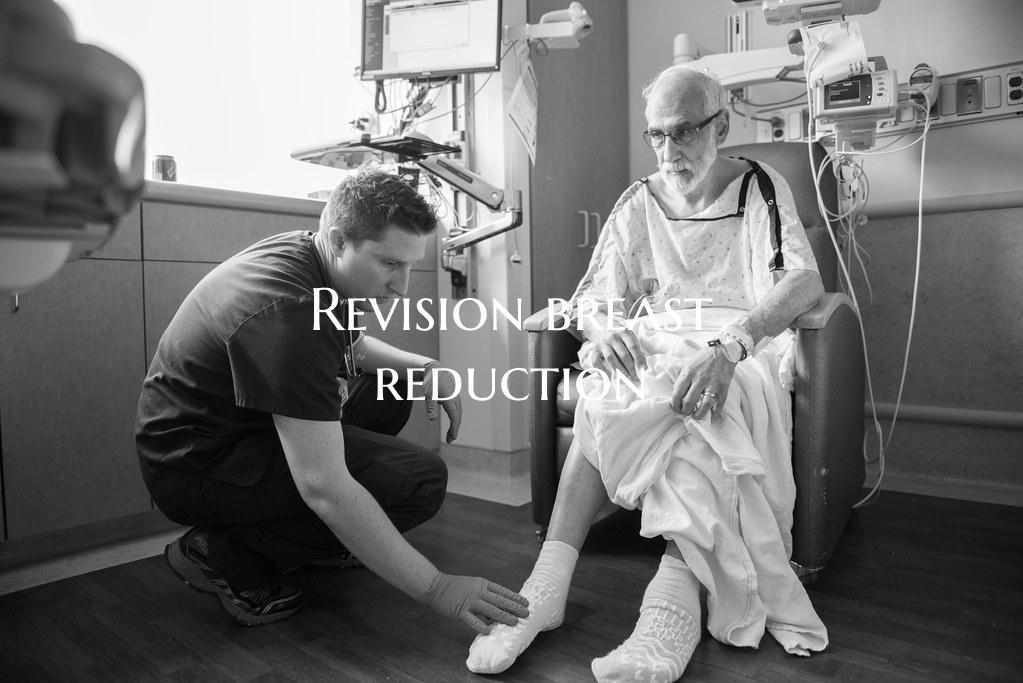
Revision breast reduction
Introduction: Breast reduction surgery, also known as reduction mammoplasty, is a common procedure that aims to alleviate physical discomfort and improve the overall appearance of the breasts. In some cases, individuals who have previously undergone a breast reduction may require a revision procedure to address certain concerns or issues that have arisen over time. This process, known as revision breast reduction, involves making adjustments to the previous surgery to achieve the desired outcome. In this article, we will explore the reasons why revision breast reduction may be necessary, the process involved, and what individuals can expect during recovery.
Reasons for Revision Breast Reduction: There are several reasons why a person may opt for revision breast reduction surgery. Some of the common reasons include:
1. Size Dissatisfaction: The initial breast reduction surgery may not have achieved the desired size or shape of the breasts.
2. Changes Due to Aging or Weight Fluctuations: Over time, the breasts may change in size and shape due to factors like aging or weight fluctuations, necessitating a revision procedure.
3. Symmetry Issues: Sometimes, the breasts may not be symmetrical following the initial surgery, leading to a desire for correction.
4. Complications: In rare cases, complications such as poor scarring, asymmetry, or wound healing issues may occur, requiring revision surgery.
The Revision Breast Reduction Process: Before undergoing revision breast reduction surgery, individuals will have a consultation with their plastic surgeon to discuss their concerns and goals. During this consultation, the surgeon will assess the current state of the breasts and develop a customized surgical plan to address the specific issues.
The revision procedure itself typically involves removing additional breast tissue, reshaping the breasts, adjusting the position of the nipples if needed, and addressing any scarring from the previous surgery. The surgery is performed under anesthesia, and the specific techniques used will depend on the individual's anatomy and goals.
Recovery and Results: Following revision breast reduction surgery, individuals can expect a recovery period similar to that of the initial breast reduction procedure. Patients may experience swelling, bruising, and discomfort, which can be managed with pain medication and proper care.
It is essential for individuals to follow their surgeon's post-operative instructions carefully to ensure a smooth recovery and optimal results. Results from revision breast reduction surgery may take some time to fully manifest as swelling subsides, and the breasts settle into their new shape.
Conclusion: Revision breast reduction surgery can be a valuable option for individuals who are not satisfied with the results of their initial breast reduction procedure or have experienced changes over time. By working closely with a skilled plastic surgeon, individuals can address their concerns and achieve breasts that are comfortable, proportionate, and aesthetically pleasing. If considering revision breast reduction, it is important to research potential surgeons thoroughly and have a detailed discussion about expectations and outcomes.